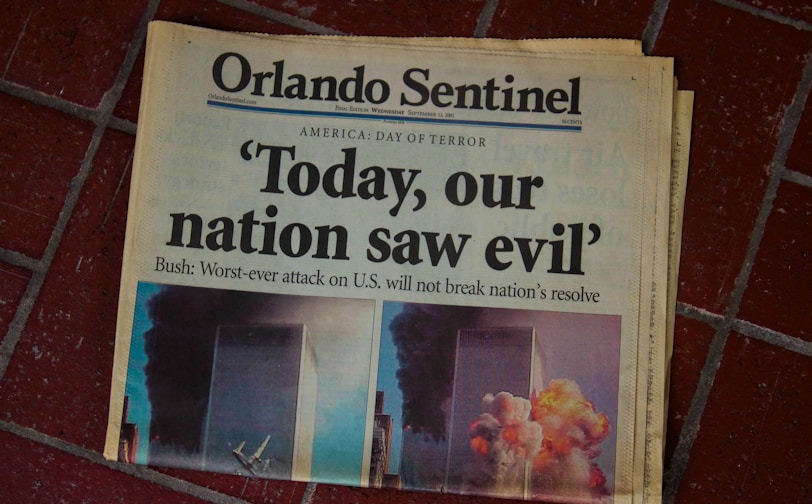Media and Propaganda
Propaganda refers to information, ideas, or rumors deliberately spread to shape public opinion, influence attitudes, or promote a particular agenda, often through biased or misleading means. Media plays a significant role in propagating information, ideologies, or beliefs, either knowingly or unknowingly.
COMMUNICATION
1/1/20243 min read


Media and Propaganda.
Propaganda refers to information, ideas, or rumors deliberately spread to shape public opinion, influence attitudes, or promote a particular agenda, often through biased or misleading means. Media plays a significant role in propagating information, ideologies, or beliefs, either knowingly or unknowingly. Propaganda often exploits media platforms to shape public opinion, spread biased information, manipulate emotions, or influence perceptions towards a specific agenda or ideology. Through selective reporting, framing, or repetition of certain narratives, media can effectively sway public opinion and attitudes. It's crucial for individuals to critically analyze media sources to discern between factual reporting and propagandistic content.
Throughout history and in contemporary times, various forms of media have been utilized to disseminate propaganda:
Print Media:
During wartime, newspapers, pamphlets, and posters were extensively used to promote nationalistic sentiments, demonize the enemy, or rally support for military actions.
Example:
WWI and WWII Propaganda Posters: Governments utilized posters to evoke nationalistic sentiments, demonize enemies, and promote patriotism. For instance, posters in the United States depicted the enemy as monstrous figures, encouraging citizens to support the war effort.
Soviet Propaganda: The Soviet Union extensively used posters and newspapers to spread Communist ideologies, glorify leaders, and promote socialist values.
Radio:
In the early 20th century, radio broadcasts became a powerful tool for propaganda. Notable examples include Nazi Germany's use of radio broadcasts to spread Hitler's ideologies and manipulate public opinion.
Television:
Governments and political parties have employed television to convey their messages to the masses. State-controlled TV channels in some countries serve as a tool to endorse government narratives and suppress opposing viewpoints.
Example:
Cold War Era: Both the United States and the Soviet Union used television to portray their ideologies as superior. For instance, in the US, shows like "The Honeymooners" promoted the American way of life, while Soviet TV depicted the success of socialism.
Internet and Social Media:
In recent times, the internet and social media platforms have become significant mediums for propaganda. These platforms allow for the rapid dissemination of information, making them susceptible to the spread of misinformation, fake news, and biased narratives by various groups, including governments, political entities, or interest groups.
Example:
Modern Political Campaigns: Political parties and interest groups leverage social media to spread biased or false information, influence elections, and shape public opinion.
State-Sponsored Disinformation Campaigns: Governments or organizations use online platforms to manipulate narratives, create division, and spread misleading information, as seen in various geopolitical conflicts worldwide.
Film and Cinema:
Propaganda films have been used to influence public perception. Historical examples include films created by governments to garner support for wars or promote particular ideologies.
Example:
Leni Riefenstahl's Films: The Nazi filmmaker produced documentaries like "Triumph of the Will," glorifying Hitler and Nazi ideals, effectively utilizing the medium of film to spread propaganda.
War Films: Governments often produce films to generate support for wars or military actions by portraying the enemy negatively and glorifying national heroes.
The role of media in propaganda continues in contemporary times. Social media platforms, due to their vast reach and instantaneous nature, have become prominent tools for propagandists to disseminate misinformation, influence public opinion, and manipulate perceptions. The rapid spread of fake news, echo chambers, and the use of algorithms that reinforce biases are some ways through which propaganda manifests in the digital age.
Media is a powerful tool used in propaganda due to its ability to reach large audiences and shape perceptions. Here's how media is commonly employed in propaganda:
Selective Reporting and Bias:
Propagandists use selective reporting by highlighting specific information or events that align with their agenda while ignoring or downplaying opposing viewpoints or facts. Biased reporting can distort reality and manipulate public opinion.
Emotional Manipulation:
Media in propaganda often aims to evoke strong emotions in audiences. Emotional images, narratives, or stories are strategically crafted to generate fear, anger, patriotism, or sympathy, influencing people's perceptions and actions.
Repetition and Slogans:
Propaganda frequently employs repetition of messages, slogans, or images to reinforce a particular narrative or idea. Repetition aims to imprint certain ideas into the minds of the audience, making them more likely to accept them as truths.
Misinformation and Disinformation:
Propagandists use media to spread false or misleading information. This can include fabricated stories, manipulated images or videos, and intentionally misleading narratives, aiming to confuse, mislead, or create doubt among the audience.
Controlled Narratives and Censorship:
In some cases, governments or powerful entities control media outlets to ensure the dissemination of specific narratives while suppressing opposing viewpoints. Censorship is used to restrict access to information that contradicts the propaganda being propagated.
Targeted Audience Segmentation:
With advancements in technology, propaganda can be tailored to specific demographic groups. Adapting messages to suit different audience segments allows for more effective manipulation and persuasion.
Overall, media is used in propaganda through manipulation of information, emotions, and narratives, aiming to influence public opinion, shape beliefs, and advance particular agendas or ideologies. Critical thinking and media literacy are essential to discern between factual reporting and propagandistic content.
© 2025 Copyright Amna Sadaf
